One thing you soon realize while exploring a volcanic island like Hawaii is that black sand beaches are more the norm than the exception. The other thing you realize is that not all black sand is equally black. The younger, it turns out, the darker.
And sand doesn’t get much younger than the twenty-three-year-old variety found on Hawaii’s Kaimu Beach. It’s not often you get to walk on sand nearly half your age, but we did here.
Of course the word dark has more than one connotation and both of those meanings are applicable to Kaimu Beach. Not only is the sand black as night, but so too is the history of the place.
If we had visited this location two decades earlier we’d have found the small but thriving fishing village of Kalapana, its couple hundred residents mingling with surfers and tourists drawn by its own black sand beach and pounding surf. Today, the town is gone. The original beach with its shady grove of palm trees is also gone, buried beneath fifty feet of volcanic rock.
It all disappeared in 1990 when more than 100 homes, nearly all the residential houses of Kalapana, were destroyed by a lava flow that consumed the town. According to many hardy residents, Pele, the Hawaiian Volcano Goddess, had merely reclaimed what was hers.
More than that, she expanded her territory. After flowing over Kalapana, Pele’s lava rolled on into the ocean where it cooled. Hawaii’s Big Island is now several acres bigger.
But Pele isn’t the only power on Hawaii. It might be said that Kanaloa, ruler of the Ocean, took notice of Pele’s encroachment and even now works to push it back by pounding the coastline with relentless waves. The effort is working. Slowly the surf is pulverizing the volcanic cliffs and leaving behind a new black sand beach to replace the old.
And while Kanaloa assaults Pele’s creation from the sea, I’o – the giver of life – attacks from below. New vegetation, and even flowers, struggle through and widen cracks in the otherwise barren rock. Locals and conscience visitors hasten the process by seeding the seaside with fledgling palm trees.
In time, Kanaloa and I’o will return the area to what it was before the lava flow destroyed it, adding some hue to the landscape’s utter blackness.




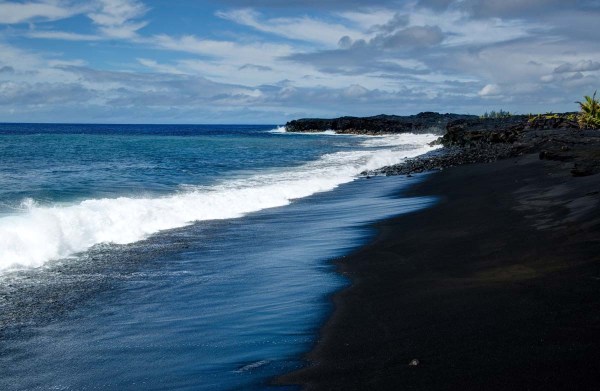
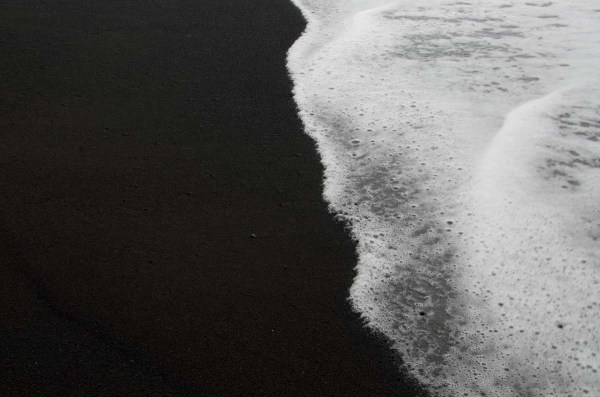
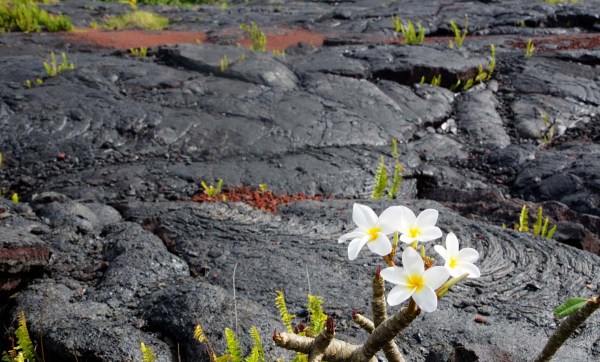




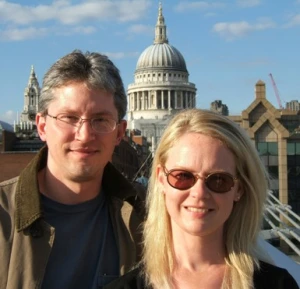




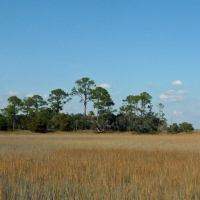
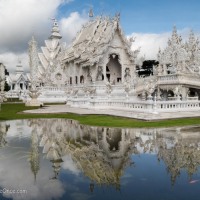


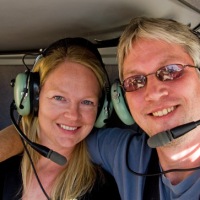
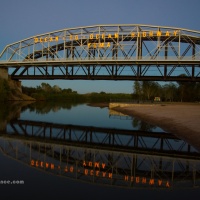

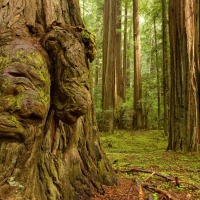
It’s places like this–where you see the birth of new land but also the forces at work which will eventually destroy it–that really give you the feeling of how ephemeral life is, and how lucky we are to be alive at this nanosecond in the history of the universe when “intelligent” life even exists to appreciate it! Thanks for the pics.
LikeLike
What an amazing place. Thanks for sharing it with us.
LikeLike
Our pleasure.
LikeLike
I remember walking on that beach the first time we went to Hawaii, then the second time, there was no sandy beach.
LikeLike
Pretty crazy, huh?
LikeLike
Just so amazing. Prince Edward Island has a bright red sand and to see it is to believe it but your photos don’t lie. I love the sea meeting the shore.
LikeLike
Wow, never saw a red sand beach before. Prince Edward Island just made the list. 🙂
LikeLike
Say hey to Anne of Green Gables for me. 🙂
LikeLike
Stunning! surreal!
LikeLike